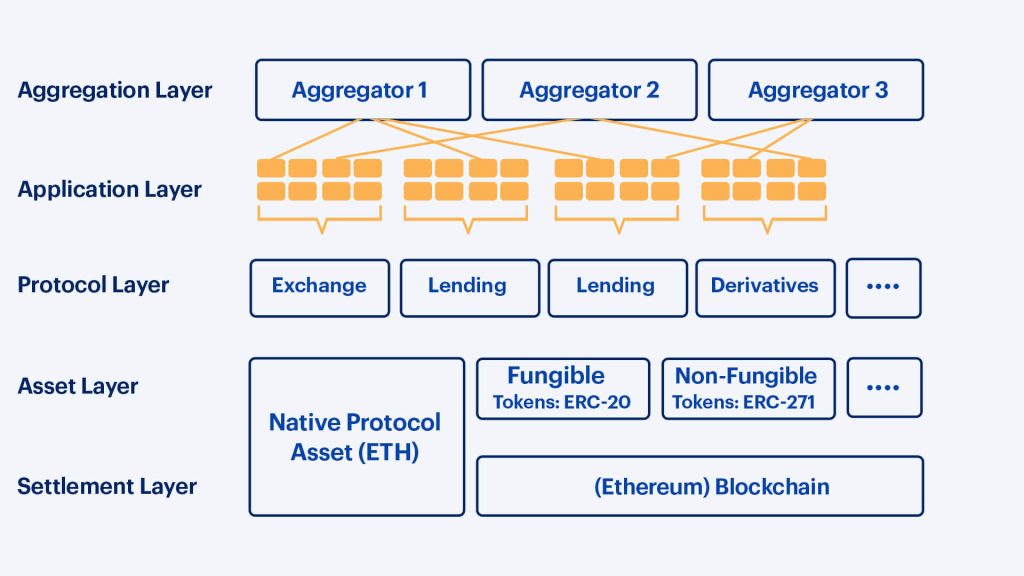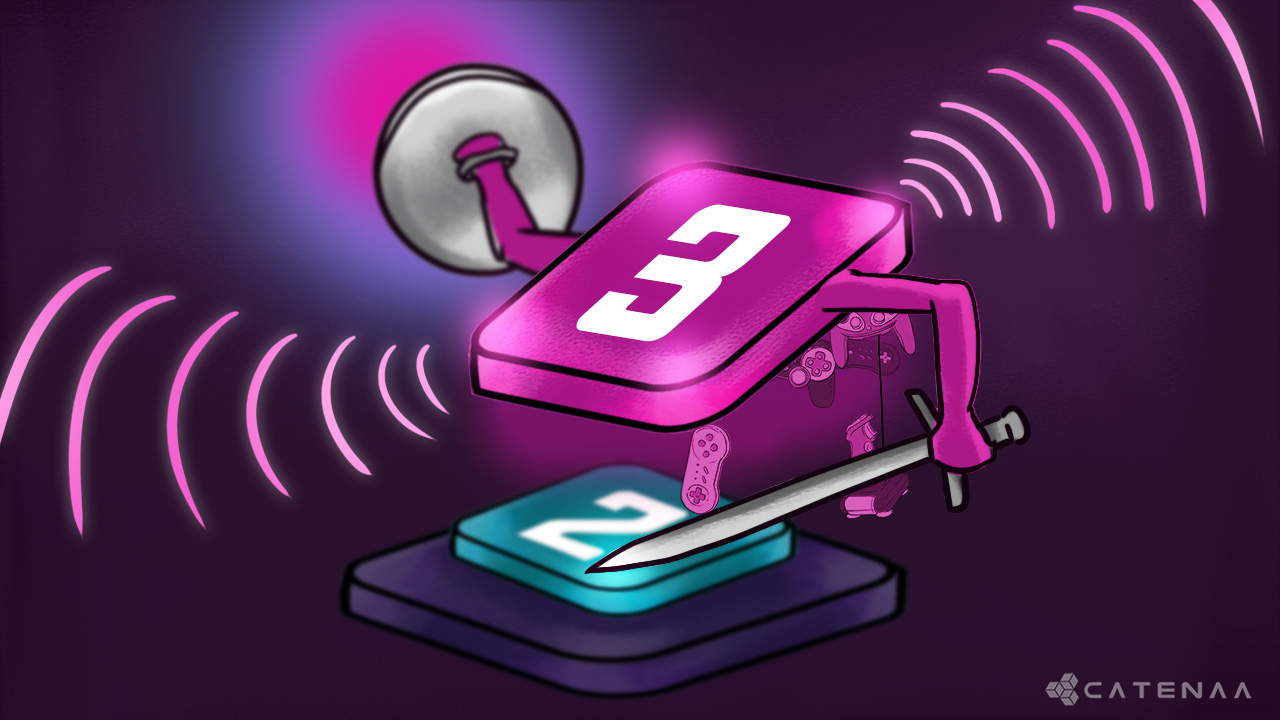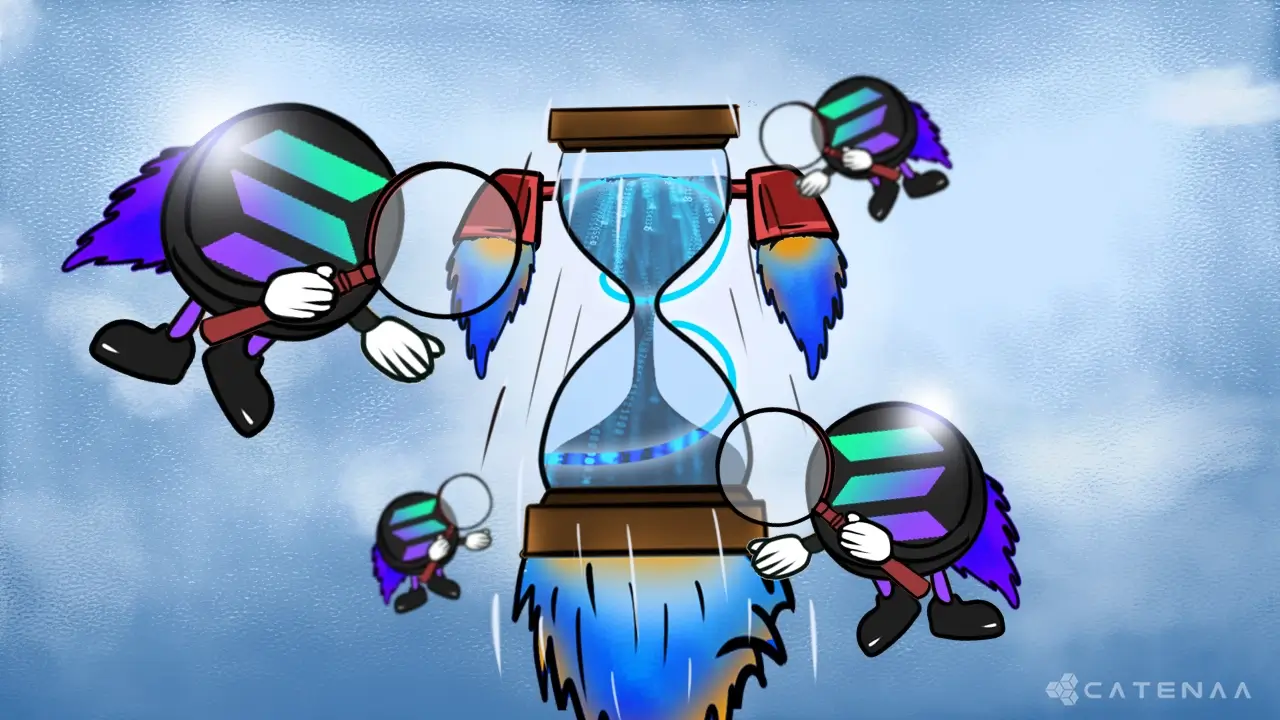- Introduction: Understanding the Basics of Blockchain's Layer 3
- The Advantages of Utilizing Blockchain's Layer 3 in Various Industries
- Selecting the Right Blockchain Layer Three Solution for Your Project or Business Needs
- In Conclusion: Embracing the Power of Blockchain Layer Three for Innovation and Growth
Introduction: Understanding the Basics of Blockchain’s Layer 3
Blockchain technology has progressed tremendously over the years, giving birth to a multi-layered design to boost speed and scalability. At the core of this design is the notion of blockchain Layer 3, a critical component that extends the capabilities of the blockchain protocol. In this post, we will go into the realm of blockchain’s Layer 3, analyzing its relevance, advantages, and the numerous use cases it offers.
Blockchain protocol levels generally consist of three primary layers: Layer 1 (the core blockchain network), Layer 2 (off-chain scalability options), and Layer 3. While Layer 1 assures the core security and consensus methods, and Layer 2 tackles scalability difficulties, Layer 3 focuses on expanding the usefulness and interoperability of blockchain systems.
Layer 3 blockchain solutions are aimed at solving some of the fundamental difficulties experienced by previous layers, such as scalability and transaction speed. By understanding the design and characteristics of Layer 3, we can unlock its entire potential and comprehend its role in defining the future of blockchain technology.1
The Advantages of Utilizing Blockchain’s Layer 3 in Various Industries
The adoption of blockchain Layer 3 comes with a plethora of advantages, making it an appealing solution for numerous sectors and applications. Enhanced scalability is one of the primary benefits, letting the blockchain network process a substantially larger number of transactions per second compared to prior levels. This results in better transaction speed and decreased latency, making it perfect for applications that need speedy and smooth interactions.
Interoperability across multiple blockchains is another key feature supplied by Layer 3. With the capacity to interact and exchange data easily across several blockchains, this layer opens doors to a world of possibilities for cross-chain applications and partnerships.
Decentralized apps (dApps) promise to profit tremendously from Layer 3’s capabilities. By building on top of Layer 3 blockchain technologies, dApp developers may design more complex and feature-rich apps, giving increased user experiences and functionality.2
Use Case 1: Decentralized Finance (DeFi) on Blockchain’s Layer 3

Decentralized Finance, or DeFi, has emerged as one of the most transformational uses of blockchain technology. Layer 3 blockchain technologies play a significant role in the DeFi ecosystem by providing more efficient and secure financial services. Decentralized lending systems based on Layer 3 blockchains promote peer-to-peer lending without middlemen, enabling a trustless and transparent lending environment.
Additionally, yield farming on Layer 3 blockchains has grown increasingly popular. Yield farmers may exploit the scalability and cheap transaction costs of Layer 3 solutions to improve their profits on diverse liquidity pools across different DeFi platforms.3
Use Case 2: Supply Chain Management and Traceability with Blockchain’s Layer 3
Layer 3 blockchains provide superior traceability and transparency solutions for the supply chain management. By using the immutability and interoperability of Layer 3, organizations may build tamper-resistant records of every stage in the supply chain, assuring authenticity and lowering the risk of fraud or counterfeiting.
This degree of openness instills more trust among customers, as they can trace the origin and path of items from raw materials to the finished product, supporting ethical and sustainable practices.4
Use Case 3: Gaming and Non-Fungible Tokens (NFTs) Powered by Blockchain Layer Three
Blockchain-based gaming platforms and NFT markets have achieved great popularity; however, they typically confront issues relating to scalability and transaction costs. Layer 3 blockchain technologies offer the required answers to solve these difficulties, allowing seamless and cost-effective gaming experiences and NFT transactions.
NFT markets developed on Layer 3 blockchains enable artists and producers to mint, buy, and trade digital goods without the limits of previous levels. Similarly, blockchain-based gaming systems leveraging Layer 3 technology may enable smooth gameplay experiences, novel in-game asset ownership, and safe item exchange.5
Selecting the Right Blockchain Layer Three Solution for Your Project or Business Needs
Choosing the best blockchain Layer 3 solution is vital for the success of any project or commercial activity. Scalability, transaction costs, consensus process, and compatibility should be examined carefully. Different blockchain development frameworks cater to unique demands; thus, knowing your project objectives and matching them with the correct Layer 3 solution is vital.
Adopting a tiered approach to your project’s demands might help you select the best-fit solution and guarantee a smooth integration into your current infrastructure.2
In Conclusion: Embracing the Power of Blockchain Layer Three for Innovation and Growth
Blockchain Layer 3 represents the next frontier in blockchain technology, offering enhanced scalability, improved transaction speeds, and interoperability between different blockchains. Its diverse applications span industries like DeFi, supply chain management, gaming, and NFTs, showcasing the transformative potential of this layer.
As the blockchain ecosystem continues to evolve, embracing the power of Layer 3 is crucial for businesses and developers looking to drive innovation and achieve sustainable growth in this decentralized world. By understanding and harnessing the benefits of Layer 3, we can unlock new possibilities and pave the way for a more efficient and interconnected blockchain future.
- Zebpay: https://zebpay.com/blog/what-is-blockchain-layer-0-1-2-and-3[↩]
- 101blockchains: https://101blockchains.com/layer-3-protocols-blockchain/[↩][↩]
- Margex: https://margex.com/blog/layer-3-protocols/[↩]
- hbr: https://hbr.org/2020/05/building-a-transparent-supply-chain[↩]
- zebpay: https://zebpay.com/blog/what-is-blockchain-layer-0-1-2-and-3[↩]


